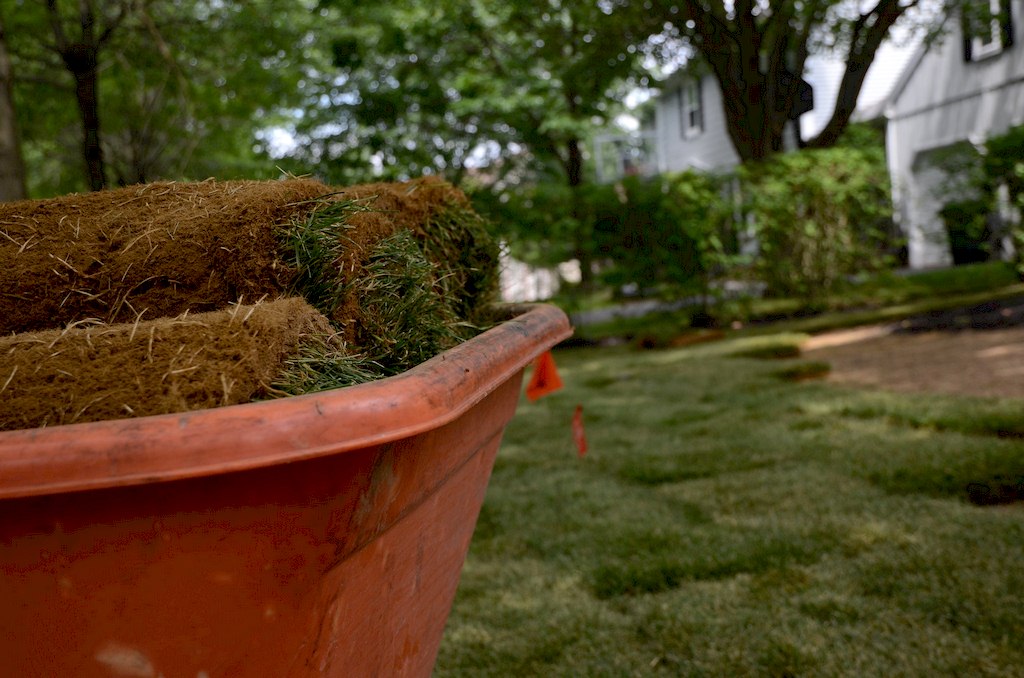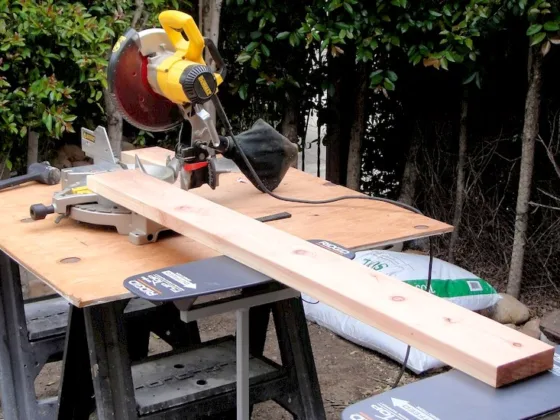When it comes to the health of your house garden, there are a lot of things to which you need to pay attention to in order to make sure that it grows well.
You have to water it regularly, make sure that it is getting proper sun exposure. And when it comes to taking care of grown plants, you need to trim them from time to time and make sure that no plant or tree is driving its branch into another.
But where all of these things are important, there is one thing that is overlooked by a lot of house owners, and that is the garden sod. Your garden sod is also an important part of your garden and plays an important role in its growth.
So it is important for you to pay equal attention to sod as well. In this article, I have mentioned a few ways in which you can take care of your garden sod. Let’s have a look:

Read Also:
- Top 5 Lawn Diseases and How to Eliminate Them Early in the Season
- How to Keep Watering the Garden With a Hose During Hosepipe Bans
- When During the Year Should You Fertilize Your Lawn?
- How to Clean Lawn with Commercial Backpack Blower
- 5 Common Questions about Watering Your Lawn
- Turn Your Patio into a Vegetable Garden Plants
Fertilizing the Sod
If you have recently installed sod in your garden, then you need to fertilize before the two weeks of installation are complete.
Just make sure to avoid any kind of chemical fertilizers as they can prove harmful for your sod. It is recommended that you go for organic fertilizers such as Ironite and Milorganite.
You can fertilize the sod by using a seed spreader, and if you don’t have one of those, you can do it with a hand as well. And remember, you need to fertilize your sod every month.
If you haven’t installed the sod already and are wondering how to do it the right way, you can learn about the process of laying sod by browsing over to this link below.
Looks For Signs of Disease or Fungus
When you have laid your sod freshly, you need to check for signs of any fungus or disease after 72 hours of installation.
If you notice small signs of fungus, then it is better to stop watering the sod for one day and apply some fungicide on it.
Fungicides are available in the form of granules, and as well as spray, you can go for either of the options.
However, if the disease spreads quickly, then you might have to use some specialized fungicides.
Water Properly
It is very important for you to make a watering schedule for your sod so that it gets the right amount of water. In the beginning, your sod will need more water for the first three days you need to water it twice daily.
After that, you need to water it once in a day for about 7 to 12 days. Once that stage has passed, it means the sods have settled down.
Now you can water it on alternate days and can skip even two days if the weather is fine. Also, make sure that in the beginning stages of watering, you are not watering the sod at the same time every day.
It is always better to rotate the timings. And once you have passed that two weeks stage, you need to increase the amount of water as well.









